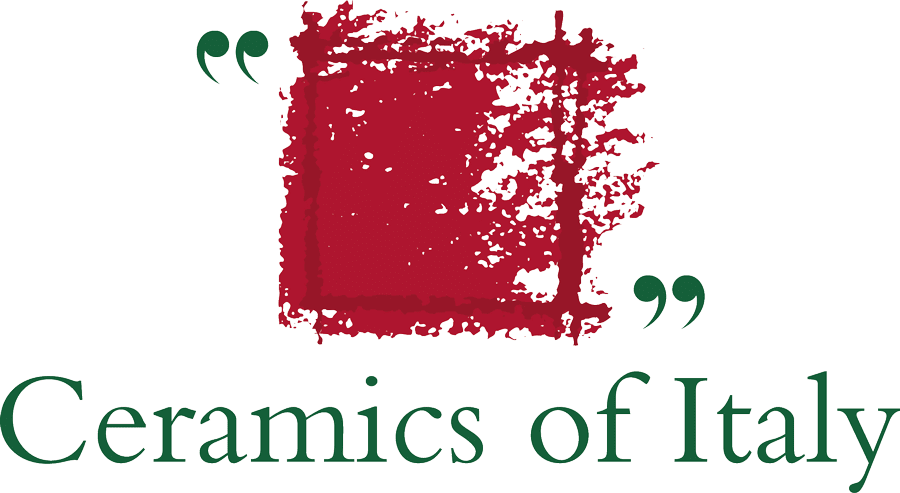Designing our living spaces with an awareness of the consequences of our choices is one of the most important things we can do to protect the environment. The planet does not have sufficient resources to enable us to continue to build with materials such as plastic, concrete and steel, the production of which also generates very high levels of pollutant emissions. This means it is vitally important to look for solutions with a low environmental footprint capable of meeting ethical and economic needs while delivering high aesthetic quality. The recent reappraisal of natural materials with a long building tradition such as mud, straw and clay has been accompanied by methods of use that are more in tune with technological progress and the needs of our times. An excellent example of this “evolution through continuity” is that of ceramic – including both tiles and large-size panels or slabs – which have come to symbolise the quality and innovation of Italian products renowned and exported all over the world.
Freed from dimensional constraints, ceramic panels have become much more than just a tablet of pressed clay. Numerous factors contribute to this product’s sustainability. In particular, it combines the advantage of fewer joints – and consequently a more uniform and seamless surface – with the well-known qualities shared by all Italian ceramic tiles, namely hygiene, resistance to abrasion, dust and mould, low maintenance requirements, zero emissions of volatile organic compounds and radon and zero risk of electrostatic charges.
But along with these well-established characteristics, ceramic panels have many other newly-developed qualities that make them an appealing and increasingly eco-friendly design solution. High-definition digital printers are now capable of reproducing any kind of material on the surface of ceramic panels with a high degree of realism, making it possible for example to simulate the elegance of marble or the warmth of timeworn wood.
Another important green aspect of thin ceramic panels is the fact that they can be installed directly on top of existing tiling, making it possible to transform existing spaces without the need to perform demolition work. Enormous opportunities are also offered by large sizes and rectified or edge-ground products, which can be used to create artificial and visually striking yet extremely eco-friendly façades. Their characteristics as inert and highly recyclable products also mean they are easy to dispose of, while their lifetime of well over half a century makes them a highly durable long-term solution.
Last but not least, ceramic panels have newly-developed characteristics with unforeseeable potential. Examples include “functionalised” tile surfaces capable of generating electrical energy, purifying the air and eliminating bacteria present in domestic and public spaces. Over the last ten years, Italian ceramic tiles have acquired surfaces with important eco-active functions, including photovoltaic tiles capable of combining use as exterior cladding with electricity production, and tiles and panels capable exploiting the natural photocatalytic process triggered by sunlight or artificial light. Treated using special procedures that exploit amongst other things the properties of noble metals and titanium dioxide, they play an active role in transforming organic and inorganic pollutants present in materials and the air (such as nitrogen oxide, fine particulate and volatile organic compounds) into harmless water-soluble inorganic salts, as well as activating self-cleaning processes and eliminating the main bacterial strains present in confined spaces.



 Public
Public


